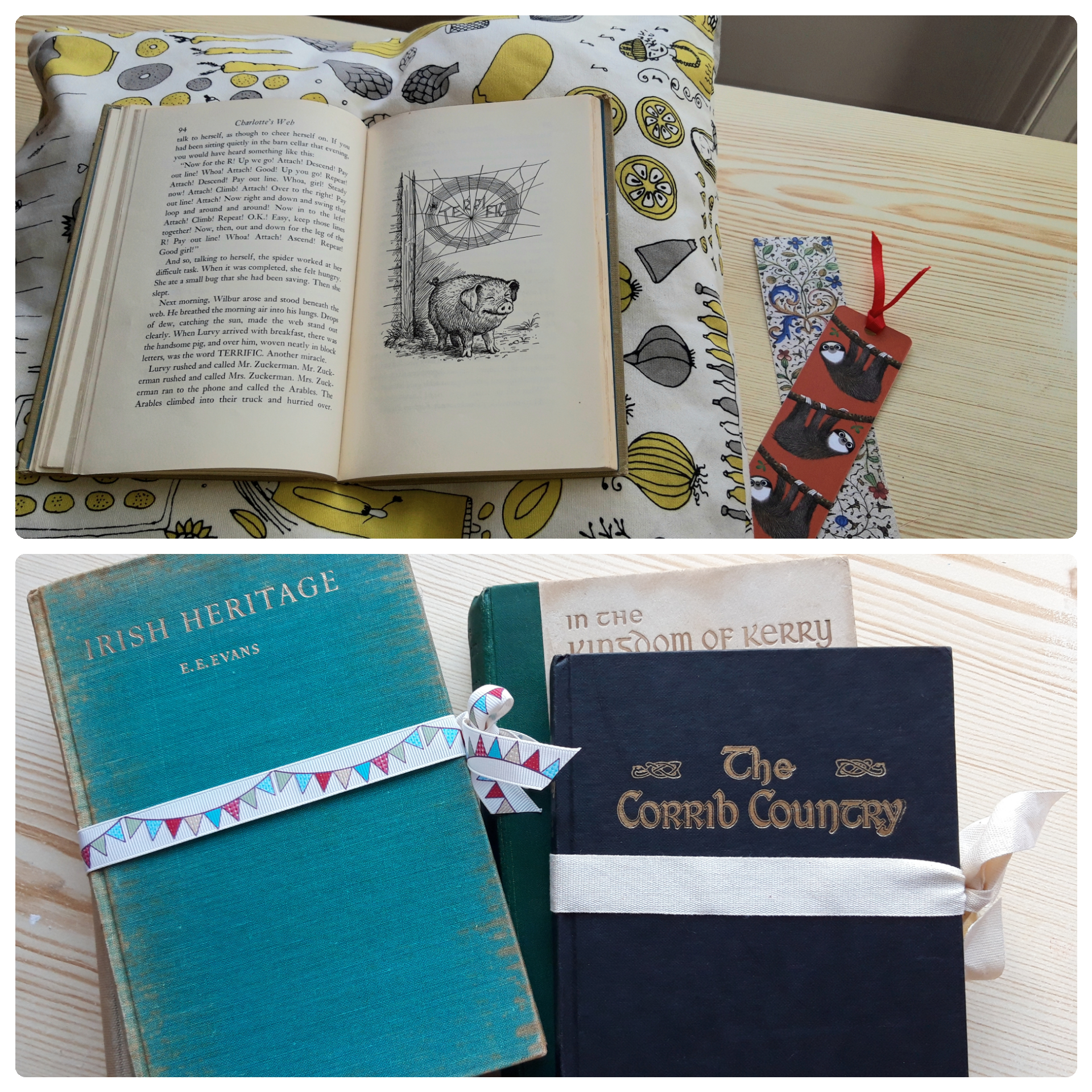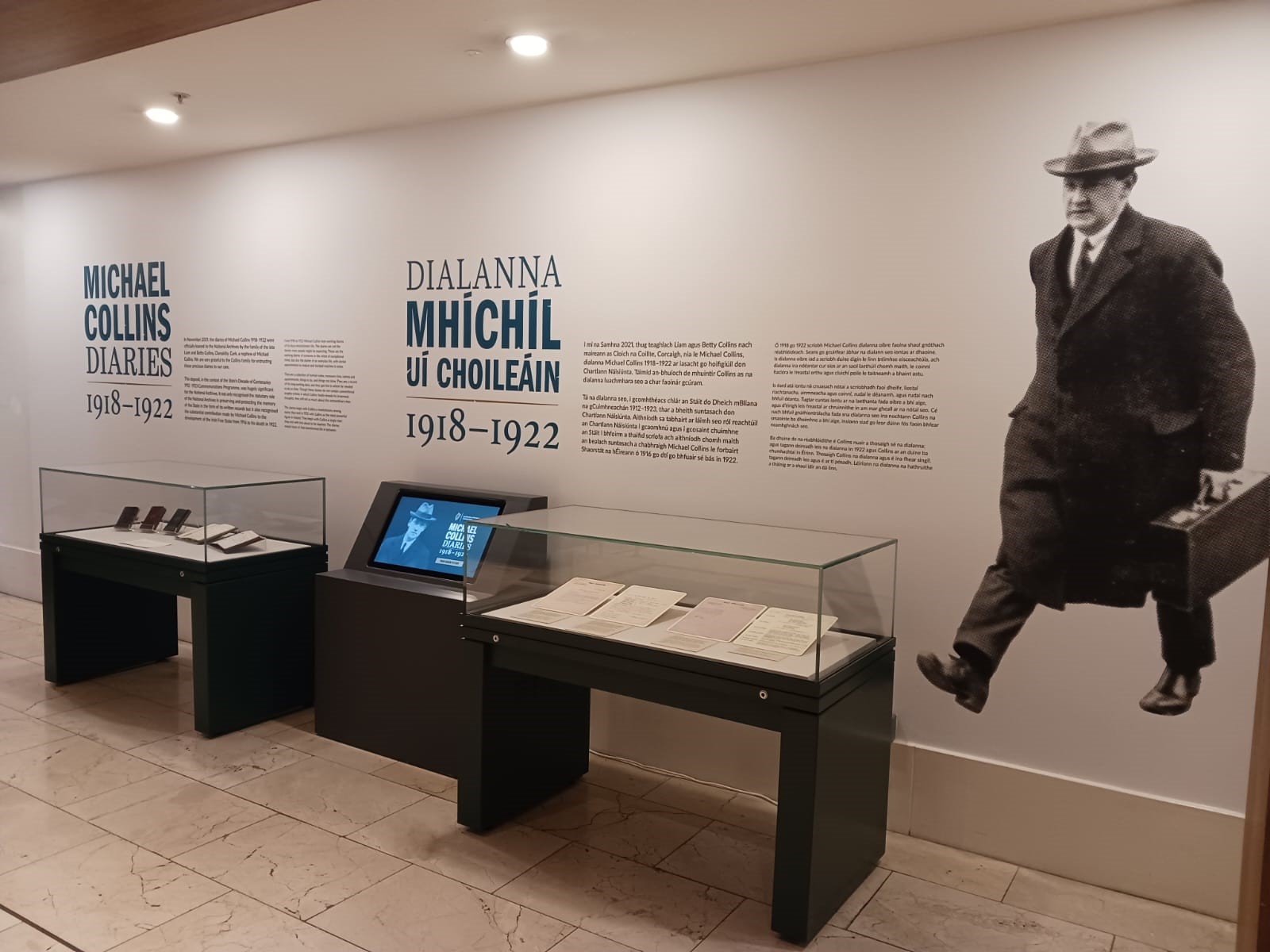Behind the Scenes
Behind the Scenes: Caring for your family papers – Part 2

Caring for you family papers – Handle with care
In the first post I talked about how to store and organise your family papers at home; becoming organised and knowing where everything is located, is key to helping preserve your documents. Rummaging in the bottom of a wardrobe or pulling something out from the back of a drawer never ends well for the document.
Yet, we want to be able to look at our family papers and mementos. So how we do that without causing them damage or putting them at further risk? Here are a few easy to follow guides that bring the rules of the archive reading room into your home.
Wash those hands
Dirty hands transfer the dirt from one piece of paper to the next; a good example of this is a ‘well-thumbed’ book. The corners of each page are frequently greyer and softer than the rest of the page. This is often impossible to remove as it has become ingrained into the paper by the natural oils and acids on the skin.
So, before you start getting your paper out to look at them wash your hands, and if your hands become dirty, go and wash them again.
Clear away the dinner plates away!
It seems obvious to say but eating food whilst looking at documents, should not be something that happens at home, we are all messy eaters. Even a biscuit can result in crumbs, which can be greasy and may leave stains on the paper that are hard to remove. Drinks can spill and the paper will act as a sponge to soak up the liquid, which in turn will result in inks blurring and the paper becoming soft and wet and a whole set of other problems to deal with. Cups can be wet underneath, so setting a cup down on a document can often result in a coffee ring left on the page, never a pretty sight.
It is important to have a clean and clear space prepared, so wipe the crumbs off the table, finish that coffee first and remove the clutter that will just be in the way.
Also make sure that the table desk has enough flat space to be able to lay the documents out, without having to pile them on top of one another. If the table or desk space is limited, do not get everything out at once, bring out letters or documents as you need them and put them away again once you are finished with them.
Pillow talk
You have all seen pictures of the book pillows that we use in archives, you may even have use them when you have been in a reading room. We use book pillows to support the spine of an open book, when it is being looked at. The great thing about a pillow, as we all know is that it can be plumped and moulded to sit under the open book and support it as you look through the pages.
Guess what? We all have pillows and cushions at home, and there are no rules to say that book pillows are only for use in an archive reading room! Bring them out at home, when you are looking at that book that has been handed down from one family member to the next.
If book covers or spines are falling off or detached, try and keep everything together, in archives we used unbleached cotton tape, but you may not have that to hand, so a material tape in a pale colour about between 1-2 cm wide will work just as well. Remember to tie the knot on the side to prevent it causing damage to other books or papers that you might place on top of it!
If the book is very severely damaged wrap it in paper to give it an extra layer of protection and reduce the number of times that it is used.
Marking your place
Never underestimate the value of a good old-fashioned bookmark, there are times when bookmarks are an essential tool to aid any researcher. Use a bookmark to help follow the text on a closely written document, it gives the eye a straight line making it easier to read the text. It can also help to avoid smudging the ink or printed text, which can happen when warm fingers are used to track the words. Also, if you find it difficult to turn the pages of a book, slide the bookmark between them and use that as turning aid, it is far better than licking your finger.
If you don’t have a bookmark to hand a wide strip of paper can also be used.
As you can see there is a time and a place for a bookmark, unfortunately unnecessary items placed into books, such as ticket stubs, flowers or newspaper clippings can cause damage, as acids that migrate can cause staining. Although they can often offer an extra piece of information, and a glimpse of the past, they should be removed. If the items are of interest, don’t discard them, note the location and remove them, keep them safe in an envelope or paper folder.
A bit of stiff support
A slightly damaged document can become more damaged through handling and fragile documents can be damaged easily, there is nothing worse than hearing the sound of a page ripping. But what do you do if the letter that you need to read is written on both sides but it is really tricky to turn it over. Do what conservators do, make a sandwich! A cardboard sandwich with the document as the filling, confused? Don’t be, its easy really if you follow these four steps:
-
Before you open up your letter to read it, put a piece of light weight cardboard down on the table and yes, the side of cereal box will do!
-
Open out your document with the cardboard support underneath, read the letter and learn all about the past.
-
Before trying to turn it over, take another piece of board and place it on top of the letter. Now take the ‘letter sandwich’ and carefully turn it over.
-
Remove the top piece of board and voila, you can read the rest of that letter!
When you are finished, remember to put it away safely. It is hard to admit, but the truth of the matter is that often the best way to minimise the risk of damage to our family papers is to reduce the number of times we take them out to have a look. Keep them tucked away and safe and future generations will thank you.
See here for part one where we learn about getting organised and how to store our records.
Zoë Reid, Senior Conservator


